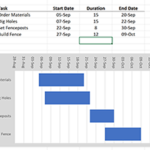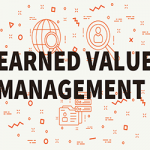
Deadlines. The word alone can make your palms sweat, your coffee spill, and your inbox look like a war zone. Whether you’re a project manager herding cats (or developers), a freelancer juggling gigs, or just someone trying to get that TPS report in before the boss starts passive-aggressively humming “Sweet Caroline” outside your cubicle, missing deadlines is the … [Read more...]












